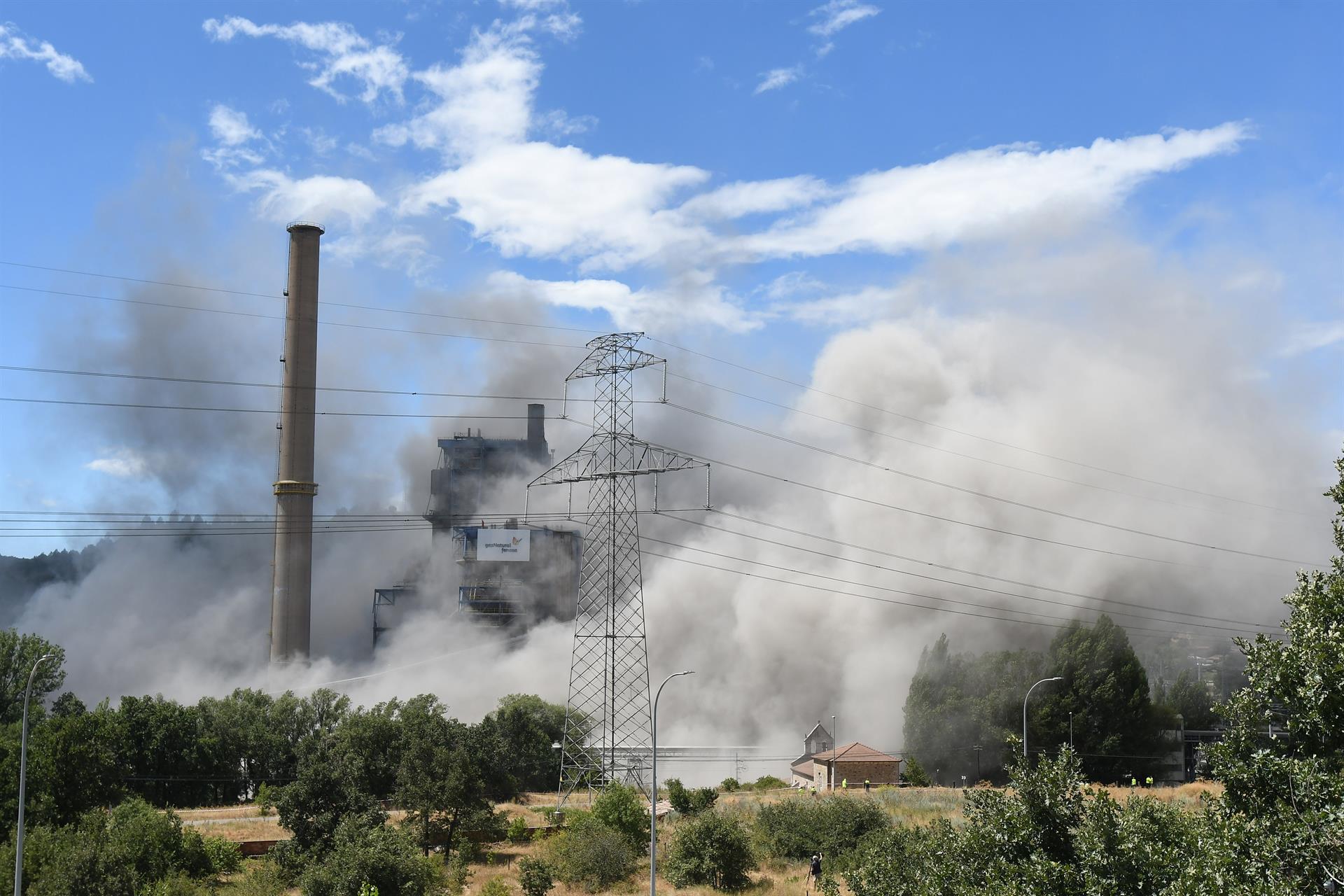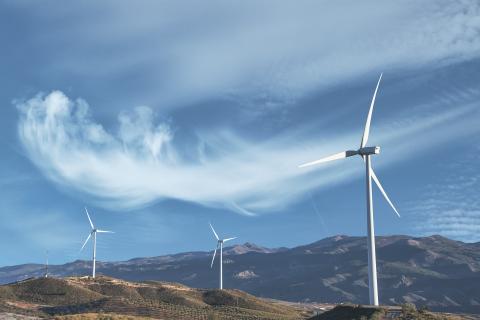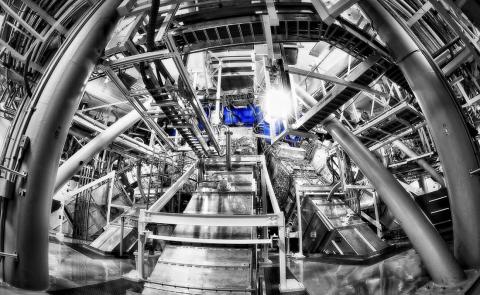Due to the international consequences of the current conflict in Ukraine, the rising cost of natural gas on international markets and even the potential unavailability of gas from Russia in the very short term, some European states are considering increasing the production of electricity from coal. Countries such as Germany, whose dependence on Russian gas is critical, approved the reactivation of coal-fired power plants on 13 July, putting on hold its commitment to eliminate this fuel from its electricity production mix by 2030.
In Spain, the reduction of coal-fired electricity generation has been occurring gradually since 2010, having gone from having 21 coal-fired plants at that time to only five at present: the largest in As Pontes, in La Coruña, with 1. 468 MW of power (40% of the installed power available for electricity production with coal in Spain today); Aboño (which also uses gases from the steel industry as fuel) and Soto de Ribera, in Asturias; Los Barrios, in Cadiz; and the Es Murterar thermal power plant, on the island of Mallorca. This has led to a 70 % reduction in installed capacity, from an annual production of 70 TWh/year ten years ago to only 5 TWh/year today.
The reasons for eliminating coal from the electricity production mix and replacing it with natural gas were mainly twofold: environmental and economic
According to the latest annual report of Red Eléctrica de España, the installed capacity of coal-fired power plants accounts for 3% of the total installed capacity in the national electricity system, which in 2021 meant slightly less than 2% of electricity production from this fuel.
There were two main reasons for removing coal from the electricity production mix and replacing it with natural gas: environmental and economic. From an environmental point of view, producing electricity with coal involves emissions of 0.95 kg of CO2 per kWhe compared with 0.37 kg of CO2 per kWhe for gas. This means that for every kWh of electricity produced with coal, emissions are 2.5 times higher than if gas were used to produce the same amount of electricity. Therefore, it seems clear that, from this perspective, natural gas as a fuel would beat coal.
CO2 emissions also have consequences from an economic point of view that are more favourable for gas, since coal production entails a higher cost of emission rights on the European market, which in the last four years has seen its price multiply by 9, from €10 per tonne at the end of 2017 to almost €90 per tonne today.
The price of natural gas on the international TTF market, which is the reference market for European consumers, has increased fivefold in the last year
However, everything has changed in recent months as the price of natural gas on the international TTF market, which is the reference market for European consumers, has multiplied by 5 in the last year, which has been a serious drawback for those who had opted for this fuel as an almost exclusive way of covering their energy needs at a low cost.
A return to coal in Spain in the short term is not viable, as many of the old thermal power stations have been dismantled or destroyed. The latest example was on 13 May 2022, when the three cooling towers of the old Andorra thermal power plant in Teruel were demolished. Nevertheless, if gas prices remain at current levels, it will be necessary to consider extending the useful life of the plants in operation. It seems clear that, in the long term, the future of electricity production lies in renewable technologies, not only because of their environmental implications, but also because of energy independence with respect to third countries.
Electricity generation with renewable technologies, such as wind and solar, still has drawbacks such as unpredictability, short-term variability and poor ability to adapt to demand
Unless it decides to use technologies such as fracking, Spain has no natural gas or oil reserves to cover its energy needs, which means having to import these resources from third countries such as Algeria, Nigeria or Qatar. In this sense, increasing the production of electricity from renewable energy sources would mean a reduction in our foreign dependence and would therefore lead to a more reliable energy system.
However, electricity generation with renewable technologies, such as wind and solar, still has significant drawbacks such as unpredictability, short-term variability and poor ability to adapt to demand. Unfortunately, current technology does not allow electricity to be stored cheaply in large quantities, which implies the need to produce in real time the amount of electricity demanded by consumers. Therefore, to be reliable and robust, an electricity system with fully renewable generation would require the parallel development of energy storage or regulation systems that are currently not mature. For this reason, in the short term, it is essential to continue using conventional technologies if we want to guarantee coverage of our energy needs at affordable prices.
If gas prices continue to rise, it will be necessary in the short and medium term to assume the need to keep nuclear power plants and thermal power plants using other fuels in operation
It is necessary to continue increasing the number of infrastructures to produce electricity from renewable sources, as well as to promote energy efficiency and management measures to reduce energy consumption that is dispensable (structural measures such as improving thermal insulation in buildings to reduce losses, or good practices such as adjusting the temperatures of air conditioning equipment to efficient values or closing doors and windows in air-conditioned rooms). But if the price of gas continues to rise as it has over the last year, we will have to assume the need in the short and medium term to maintain in operation, if not increase, production capacity with other technologies, such as nuclear power plants and thermal power plants that use other fuels.




